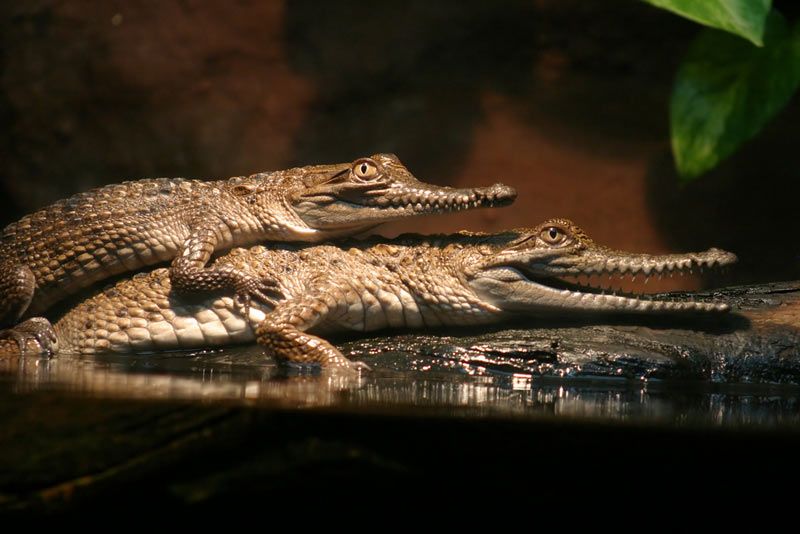Animal Sex: How Crocodiles Do It

Crocodiles are well-known for their armored skin, sharp teeth and powerful jaws, but the ancient reptiles' mating behavior is just as striking as their appearance.
There are 23 crocodilian, or "crocodile," species alive today, including true crocodiles, alligators and gharials. And though mating behaviors vary, different species share many similarities, said Australian croc specialist Adam Britton. [How to Tell Alligators and Crocodiles Apart]
The mating dance involves almost all the senses. Males begin by bellowing above water, while producing low-frequency infrasound, which humans cannot hear. "You can feel the vibrations traveling through the water and you can even see pressure waves," Britton told LiveScience.
Males may also slap their snouts on the water, blow water from their noses or perform certain arched postures. At closer ranges, they may release an oily musk, which floats on the surface of the water, to further entice the female. Though the male is leading the dance, the female is participating with her own set of auditory, visual and olfactory signals during this time. The pair is in constant communication, Britton said.
Once they meet up, they'll tenderly rub each other's snouts and backs, ride one another or blow bubbles. When the couple is ready for business — sometimes after several hours of courtship — they'll twist around each other, trying to align their cloaca (waste and reproductive orifice). Seconds after alignment, the male inseminates the female with his hidden penis.
Pairs sometimes mate several times over a few days, but they're certainly not exclusive. In fact, Britton said, a single clutch often contains genes from several different males.
This occasional LiveScience series explores how animals mate.
Sign up for the Live Science daily newsletter now
Get the world’s most fascinating discoveries delivered straight to your inbox.
Follow LiveScience @livescience, Facebook & Google+.

Most Popular


